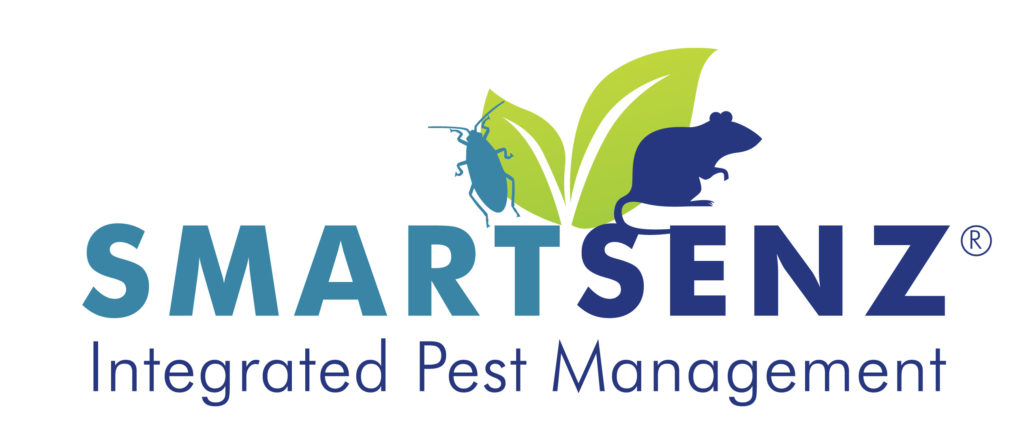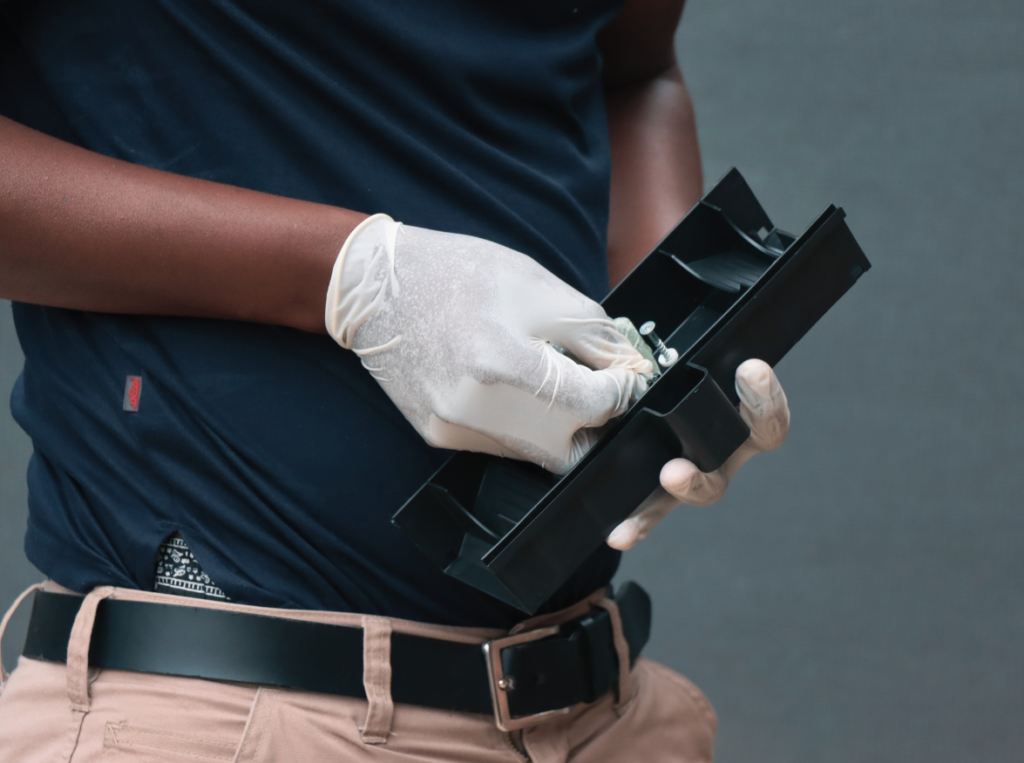Have you ever heard your Pest Management Professional (PMP) talk about Non-anticoagulant rodenticides and you didn’t really understand what it means? In this blog we’ll unpack what non-anticoagulant rodenticides are, what they do, why you should make use of suppliers that use them.
At SMARTSENZ® IPM, it is our mission to control pests while conserving nature. In the world of pest control, finding methods that effectively manage rodent populations while remaining eco-conscious is of paramount importance.
Non-anticoagulant rodent control products have emerged as a solution that strikes a balance between efficacy and environmental responsibility. But what are Anticoagulant rodenticides then?

How Anticoagulant Rodent Control Works:
Anticoagulant rodenticides disrupt the blood clotting mechanism in rodents, leading to internal bleeding and eventual death. Traditional poisons, like this, which result in acute toxicity and can pose risks to non-target species.
What is secondary poisoning?
Secondary poisoning occurs when animals ingest toxins by consuming prey that has been exposed to poison. For example, if a cat or an owl consumes a rodent or parts of a rodent that has ingested bait containing poison, it can also suffer from poisoning, leading to unintended harm or death to non-target species.

How Non-Anticoagulant Rodenticides work:
Non-anticoagulant rodenticides are designed to kill rodents through mechanisms other than interfering with blood clotting. These may act on the nervous system or other physiological pathways to cause rodent death. Examples include bromethalin and cholecalciferol.
Cholecalciferol rodenticide is a type of non-anticoagulant rodenticide that works by causing hypercalcemia (excessive calcium levels) in rodents. Also known as vitamin D3, cholecalciferol is converted in the liver and kidneys to its active form, calcitriol, which leads to increased absorption of calcium from the intestines. The resulting elevated calcium levels can cause damage to the kidneys, heart, and other organs, ultimately leading to death in rodents.
Cholecalciferol is completely nontoxic in small amounts, but massive single doses or prolonged low level exposure can prove toxic.
Rodents die from hypercalcemia (heart and kidney failure)
Why Choose Non-Anticoagulant Rodent Control:
Installing non-anticoagulant rodent control products in rodent bait stations offers several benefits beyond their eco-conscious nature. These products are highly effective at reducing rodent populations, making them ideal for both residential and commercial settings.
By controlling rodent infestations, property owners can mitigate damage to structures, prevent food contamination, and reduce the risk of disease transmission associated with rodent activity. Moreover, non-anticoagulant rodent control products provide a long-term solution to rodent problems, offering peace of mind and ensuring ongoing protection against infestations.

Is your business prepared for rodents this winter?
To be proactive with rodent control this winter, click here to book a free site survey with SMARTSENZ® IPM or contact us to find out more about eco-conscious rodent control.





